Scutellaria barbata
Scutellaria barbata
1. The products in our compound library are selected from thousands of unique natural products; 2. It has the characteristics of diverse structure, diverse sources and wide coverage of activities; 3. Provide information on the activity of products from major journals, patents and research reports around the world, providing theoretical direction and research basis for further research and screening; 4. Free combination according to the type, source, target and disease of natural product; 5. The compound powder is placed in a covered tube and then discharged into a 10 x 10 cryostat; 6. Transport in ice pack or dry ice pack. Please store it at -20 °C as soon as possible after receiving the product, and use it as soon as possible after opening.
Natural products/compounds from Scutellaria barbata
- Cat.No. Product Name CAS Number COA
-
BCN2828
Scutellarin methylester119262-68-9
Instructions
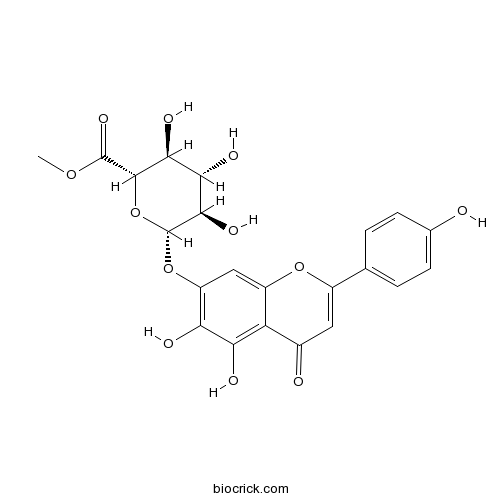
-
BCN2605
Vanillin121-33-5
Instructions
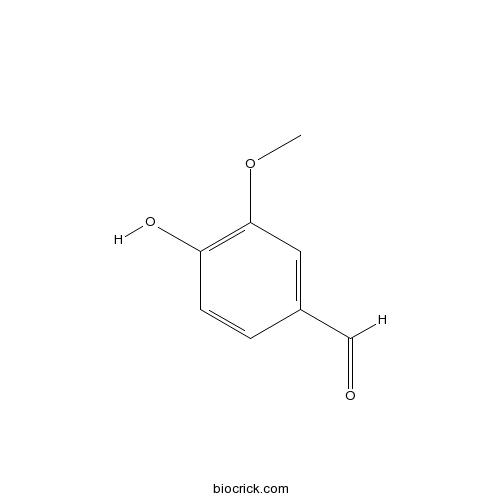
-
BCN5816
4-Hydroxybenzaldehyde123-08-0
Instructions
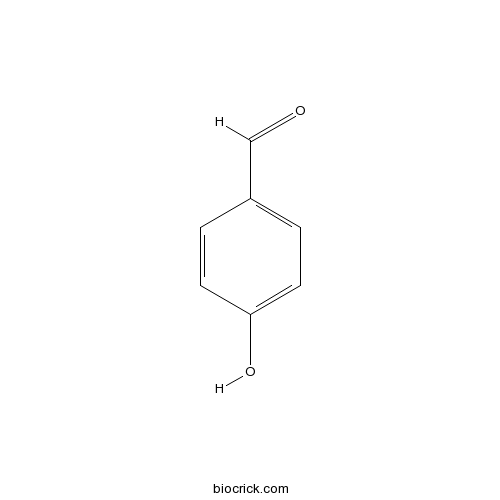
-
BCN1684
Rutin153-18-4
Instructions
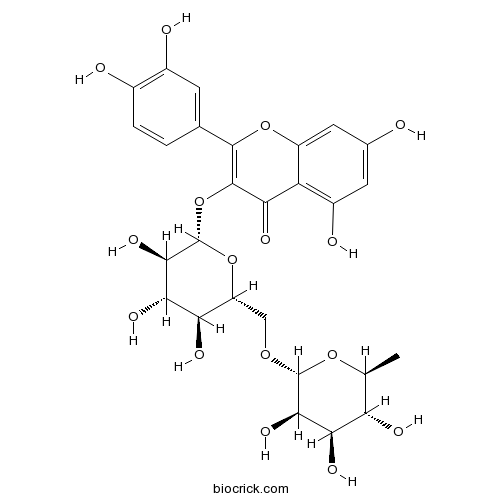
-
BCN1178
Salvigenin19103-54-9
Instructions

-
BCN5901
Baicalin21967-41-9
Instructions

-
BCN5902
Scutellarin27740-01-8
Instructions

-
BCN5570
Hyperoside482-36-0
Instructions

-
BCN5599
Baicalein491-67-8
Instructions
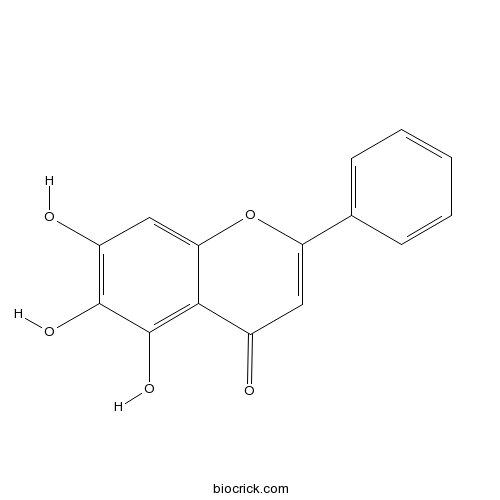
-
BCN5600
Luteolin491-70-3
Instructions

-
BCN5658
Apigenin520-36-5
Instructions

-
BCN5663
Physcion521-61-9
Instructions

-
BCN5380
Scutellarein529-53-3
Instructions

-
BCN3849
Irigenin548-76-5
Instructions
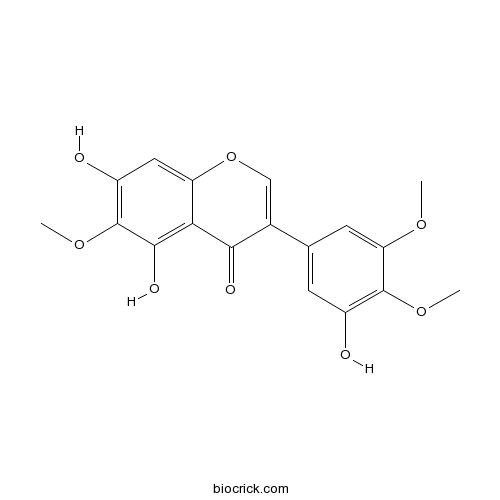
-
BCN5788
Cosmosiin578-74-5
Instructions

-
BCN4171
Wogonin632-85-9
Instructions

-
BCN9061
(±)-Naringenin67604-48-2
Instructions

-
BCN4544
4'-Hydroxyacetophenone99-93-4
Instructions
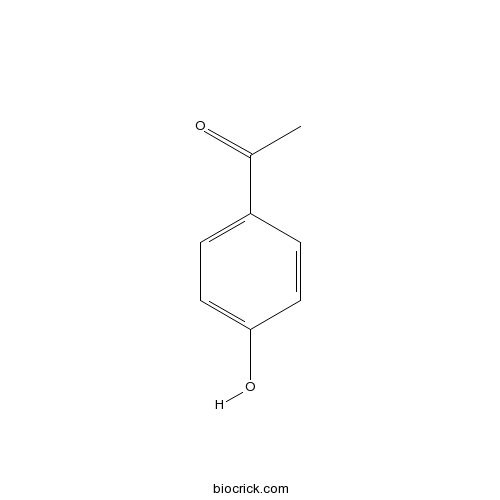
An update on Chinese herbal medicines as adjuvant treatment of anticancer therapeutics.[Pubmed: 30012913]
Numerous studies have indicated that in cancer treatment Chinese herbal medicines in combination with chemo-, radio-, or targeted-therapy can be used to enhance the efficacy of and diminish the side effects and complications caused by these therapies. Therefore, an understanding of Chinese herbal medicines is needed by physicians and other health care providers. This review provides an update on Chinese herbal medicines as adjuvant treatment of anticancer therapeutics. First, some Chinese herbal medicines (e.g. Astragalus, Ginseng, Scutellaria barbata, TJ-41, TJ-48, PHY906, Huachansu injection, and Kanglaite injection) that are commonly used for treating the cancer and/or reducing the toxicity induced by chemo-, radio-, or targeted-therapy are discussed. These Chinese herbal medicines have been shown to possess great advantages in terms of suppressing tumor progression, increasing the sensitivity of chemo-, radio-, or targeted-therapeutics, improving an organism's immune system function, and lessening the damage caused by these therapeutics. Second, some clinical trials using Chinese herbal medicines as adjuvant improving cancer treatment related side effects and complications are reviewed. Some Chinese herbal medicines have a significant effect on reducing cancer-related fatigue and pain, improving peripheral neuropathy and gastrointestinal side effects including diarrhea, nausea, and vomiting, decrease the incidence of bone marrow suppression, protecting anthracycline-induced cardiotoxicity and radiation-induced pneumonitis, and relieving EGFR-TKIs related acneiform eruptions and other side effects. This review of those medicines should contribute to an understanding of Chinese herbal medicines as adjuvant treatment for cancer and provide useful information for the development of more effective anti-cancer drugs. However, rigorously designed trials on potential Chinese herbal medicine must be further examined involving cancer treatment especially molecular targeted-therapy in the future.
Six New neo-Clerodane Diterpenoids from Aerial Parts of Scutellaria barbata and Their Cytotoxic Activities.[Pubmed: 29925100]
None
Concurrent administration of anticancer chemotherapy drug and herbal medicine on the perspective of pharmacokinetics.[Pubmed: 29703390]
With an increasing number of cancer patients seeking an improved quality of life, complementary and alternative therapies are becoming more common ways to achieve such improvements. The potential risks of concurrent administration are serious and must be addressed. However, comprehensive evidence for the risks and benefits of combining anticancer drugs with traditional herbs is rare. Pharmacokinetic investigations are an efficient way to understand the influence of concomitant remedies. Therefore, this study aimed to collect the results of pharmacokinetic studies relating to the concurrent use of cancer chemotherapy and complementary and alternative therapies. According to the National Health Insurance (NHI) database in Taiwan and several publications, the three most commonly prescribed formulations for cancer patients are Xiang-Sha-Liu-Jun-Zi-Tang, Jia-Wei-Xiao-Yao-San and Bu-Zhong-Yi-Qi-Tang. The three most commonly prescribed single herbs for cancer patients are Hedyotis diffusa, Scutellaria barbata, and Astragalus membranaceus. Few studies have discussed herb-drug interactions involving these herbs from a pharmacokinetics perspective. Here, we reviewed Jia-Wei-Xiao-Yao-San, Long-Dan-Xie-Gan-Tang, Curcuma longa and milk thistle to provide information based on pharmacokinetic evidence for healthcare professionals to use in educating patients about the risks of the concomitant use of various remedies.
Effects of baicalein on pancreatic cancer stem cells via modulation of sonic Hedgehog pathway.[Pubmed: 29697746]
Recent studies have suggested that sonic Hedgehog (Shh) signaling pathway is aberrantly activated in cancer stem cells (CSCs). A seven-herb Chinese medicinal formula composed of Amorphophallus rivieri Durieu, Oldenlandia diffusa (Wild) Roxb, Scutellaria barbata D. Don, Gynostemma pentaphyllum (Thunb.) Mak and Amomum cardamomum L, i.e. Qingyihuaji (QYHJ) formula, has been shown to inhibit proliferation of pancreatic CSCs by inhibiting Shh signaling pathway and thereby prolong the overall survival of pancreatic cancer patients. Mass spectrometry analysis revealed that baicalein is one of the major compounds of QYHJ formula. The objective of this study was to investigate the role of Shh pathway in pancreatic cancer and to examine the molecular mechanisms of baicalein involved in pancreatic cancer treatment. We examined the effects of baicalein on pancreatic CSCs both in vivo and in vitro. The results indicated that baicalein attenuated the pluripotency of pancreatic CSCs. Then, we investigated the underlying mechanism and found that nuclear transcription factors, such as Sox-2 and Oct-4 as well as members in Shh signaling pathway, e.g. SHH, SMO, and Gli-2, were downregulated after baicalein treatment. Furthermore, silencing Gli-2 expression by small interfering RNA decreased Sox-2 expression and blocked the inhibitory effects of baicalein, suggesting that the effects of baicalein may be mediated through inhibition of Shh pathway. Our results suggested that baicalein, an active compound in QYHJ formula, could suppress the self-renewal of pancreatic CSCs through inhibition of Shh signaling pathway.
Using the Chinese herb Scutellaria barbata against extensively drug-resistant Acinetobacter baumannii infections: in vitro and in vivo studies.[Pubmed: 29554903]
No animal model studies have been conducted in which the efficacy of herbal compounds has been tested against multidrug-resistant Acinetobacter baumannii infections. Very few antibiotics are available for the treatment of pulmonary infections caused by extensively drug-resistant Acinetobacter baumannii (XDRAB). To find alternative treatments, traditional Chinese herbs were screened for their antimicrobial potential.
[Total flavonoids in Scutellaria barbata prevents NLRP3 inflammasome expression in tumor cells by affecting autologous pathway].[Pubmed: 29493156]
This paper was aimed to investigate the relationship between autophagy and NLRP3 inflammasome activation by studying the effect oftotal flavonoids in Scutellaria barbata (TF-SB) on autophagy in tumor cells and NLRP3 inflammasome, and to provide experimental evidence for further study of the anti-tumor mechanism of TF-SB. Mielanoma models were established by inoculating B16-F1 cell line to mice, and then were randomly divided into 5 groups (n=10 in each group): model control, positive control control(Rap, 1.5 mg•kg⁻¹), and TF-SB low, middle and high groups (50, 100 and 200 mg•kg⁻¹). Meanwhile, healthy C57BL/6J mice were used as normal control group (n=10). The drugs were given once daily for 2 weeks consecutively. Thirty minutes after last treatment, the determinations at endpoint were performed; pathological changes of tumor tissue were evaluated by using HE staining; protein expressions of LC3-II/LC3-I or NLRP3inflammasome/caspase-1/IL-1β and IL-18 in tumor tissues were detected by using Western-blot; and serum levels of IL-1β and IL-18 were detected by using Elisa kit. The results showed that the tumor cells in model group showed obvious atypia and malignant proliferation; the invasion of tumor tissue was significantly reduced, the tumor necrosis area was significantly increased, and the inflammatory reaction was significantly alleviated in positive control group and various TF-SB groups. As compared with model control group, LC3-II/LC3-I was significantly increased, while NLRP3/caspase-1/IL-1βand IL-18 protein expressions were significantly decreased in positive control group and TF-SB groups. Serum IL-1β and IL-18 levels in model control group were found higher than those in control group (P<0.001), but they were significantly lowered in positive control group and TF-SB groups (P<0.05, P<0.01 or P<0.001). Taken together, total flavonoids in S. barbata could effectively alter the tumor growth micro-environment by inhibiting the expression of NLRP3 inflammasome, and its anti-tumor effect may be associated with the induction of tumor cell autophagy.
Development and characterization of a green procedure for apigenin extraction from Scutellaria barbata D. Don.[Pubmed: 29478557]
None


